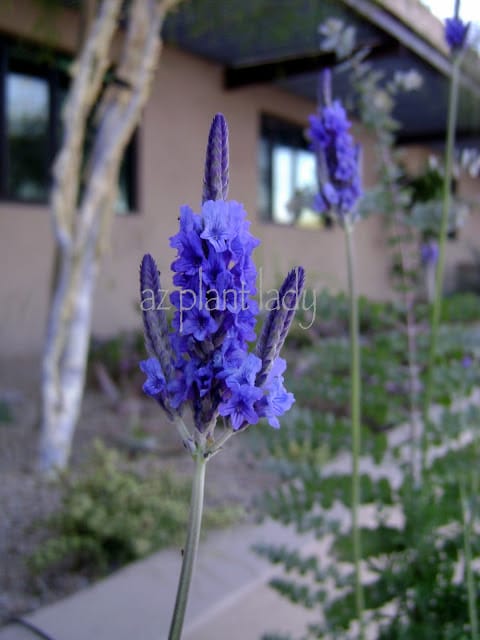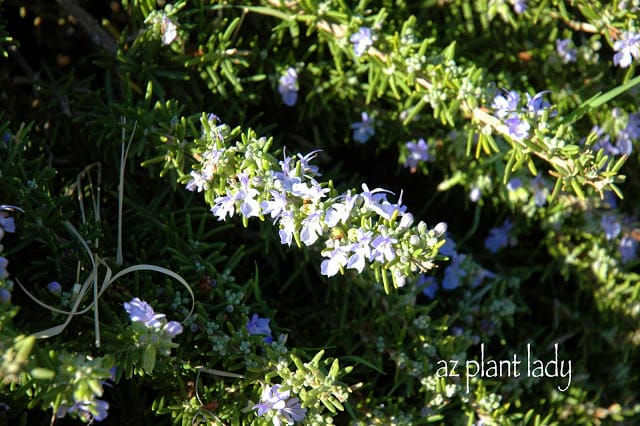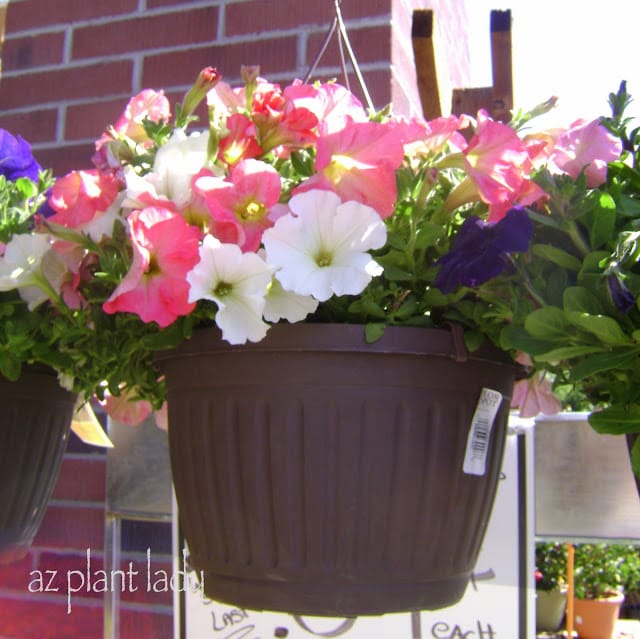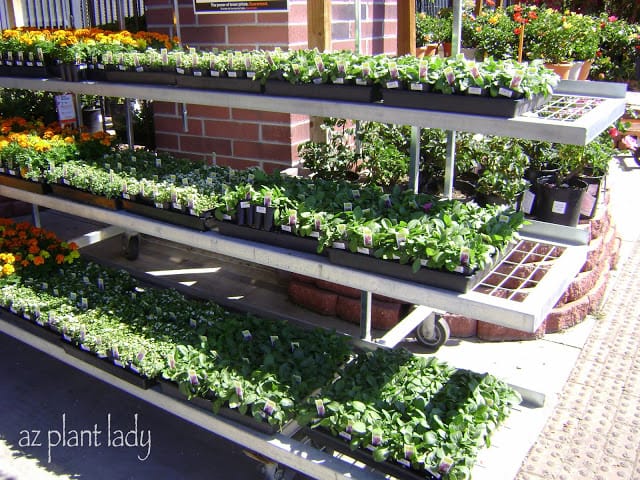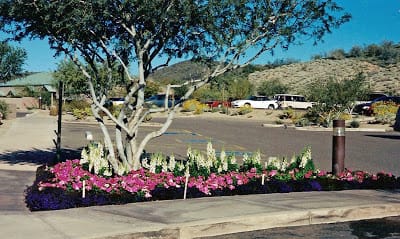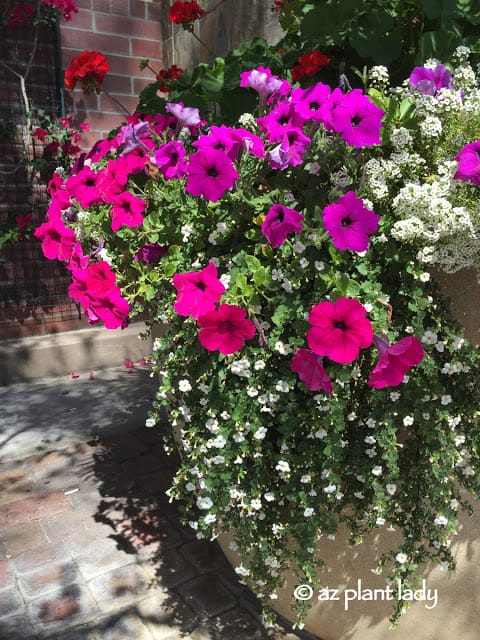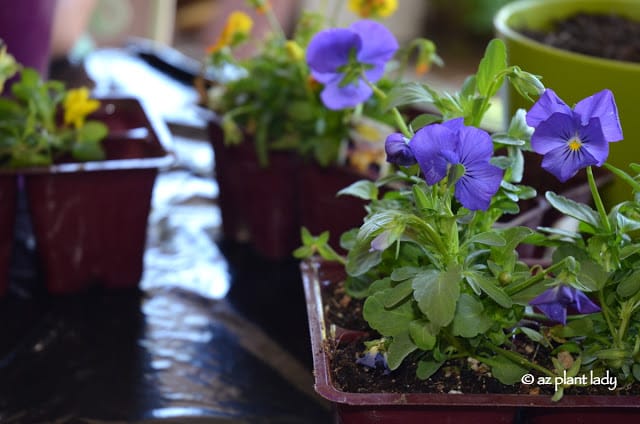I always look forward to Tuesday evenings.
Why, you may ask?
Well, every Tuesday we all get into the car and make the 5 minute drive over to Double S Farms, which is where my mother, my sister and her family live.
In addition to hanging out with everyone, including my very cute nephews, Finley and Oliver, we also get to enjoy a delicious dinner that my mother prepares. I just love not having to cook dinner one night a week 🙂
While we were there, I decided to take a look at my mother’s vegetable garden.
The last time I saw it a few weeks ago, it looked like this….

Did you know that unused vegetable gardens are a great place to play with trucks and tractors?
Well, the trucks have now left the garden and it is now newly planted with transplants from our local nursery.

Leaf lettuce, dill, cauliflower, basil and other vegetables are already growing.
Interspersed in between the rows of vegetables are two flowering plants that my nephews picked out for the garden…


Petunia Plants
Finley and Oliver’s petunia plants make great companion plants for vegetables – especially leaf lettuce broccoli, potatoes and squash.
Did you know that petunias repel aphids and beetles?
As the sky began to darken, we made our way inside to see the newest additions to the Double S Farms family….
They have four new chicks that are growing very rapidly and are almost ready to be moved into their new coop outside.
My sister, Chicken Farmer, likes people to hold them often so that they learn to be friendly with people.

I don’t mind holding them….they are awfully cute. Especially, the ‘Naked Neck’ chicken, Francie.

My son, Kai, got to hold the friendliest chick, Lottie, who is a ‘Buff Orpington’.
Well, the chicks were getting tired, so the kids decided to hang out with grandma and see some fun Halloween games on her computer…

***************
I hope your week is going well so far. As I am writing this, we are experiencing wind, thunder, lightning and delightfully cool temperatures.
Which reminds me that I need to buy a pumpkin…..
**You can read more about my sister’s new chicks here.








